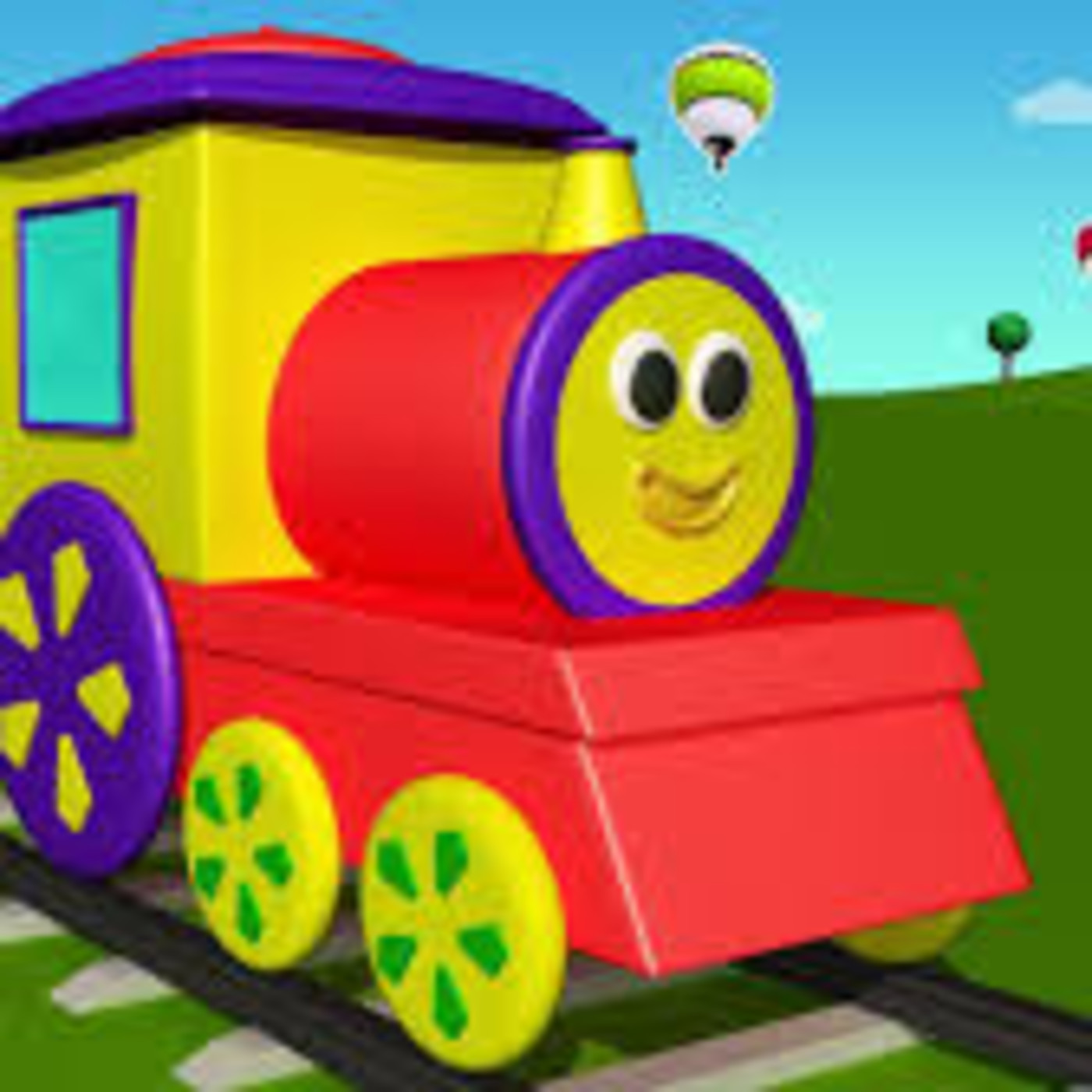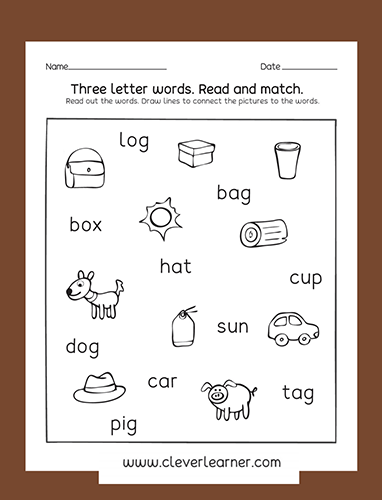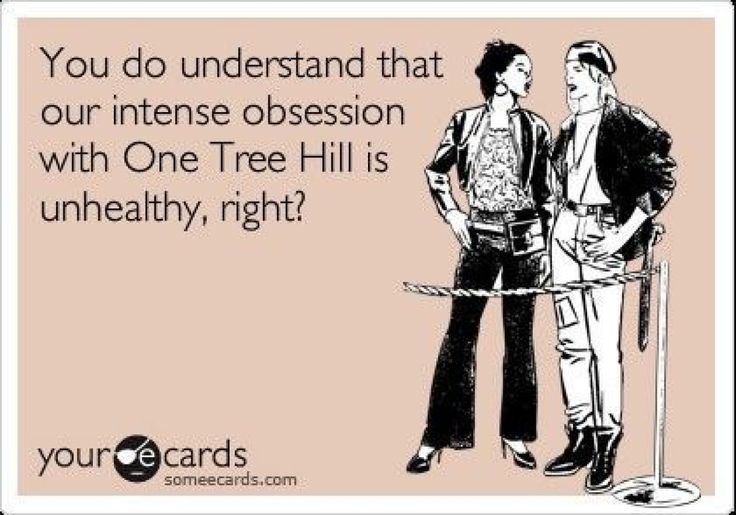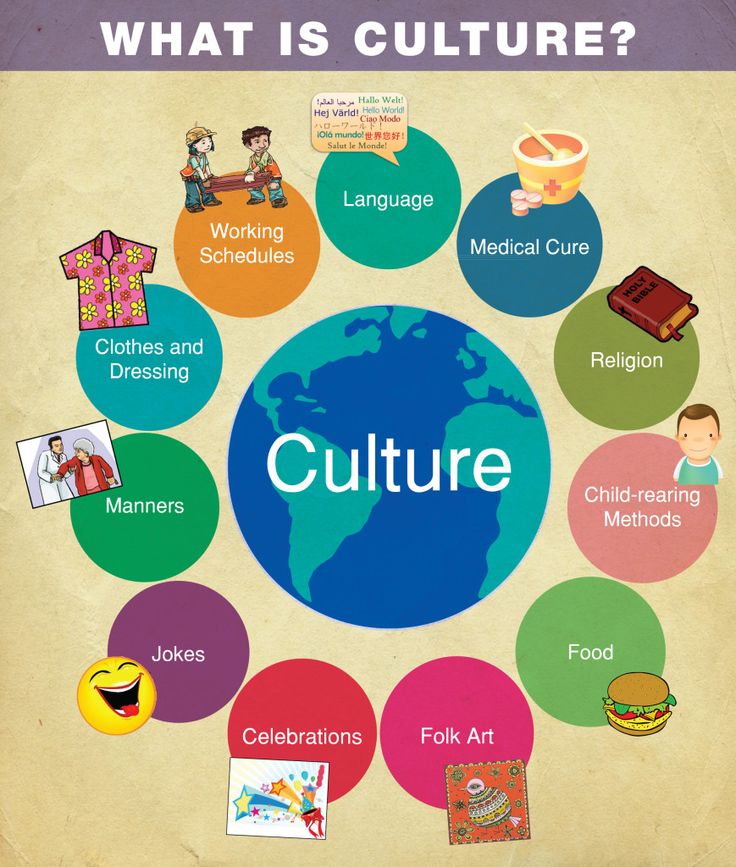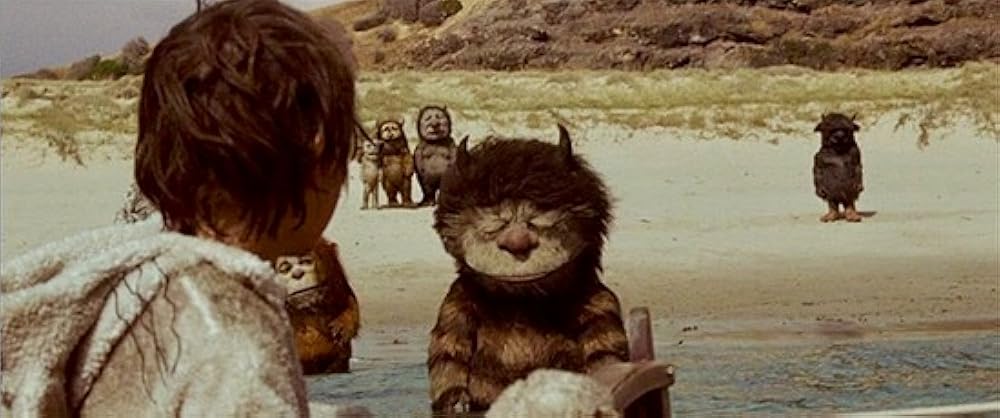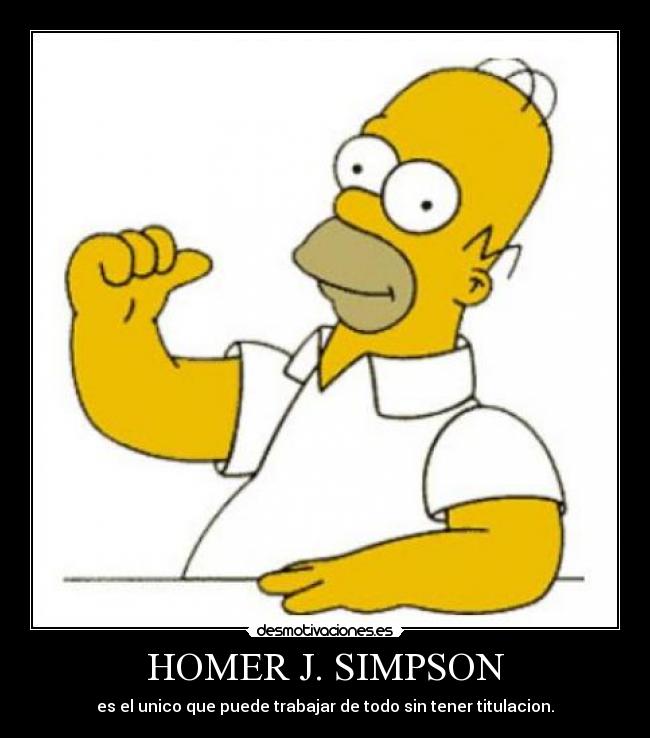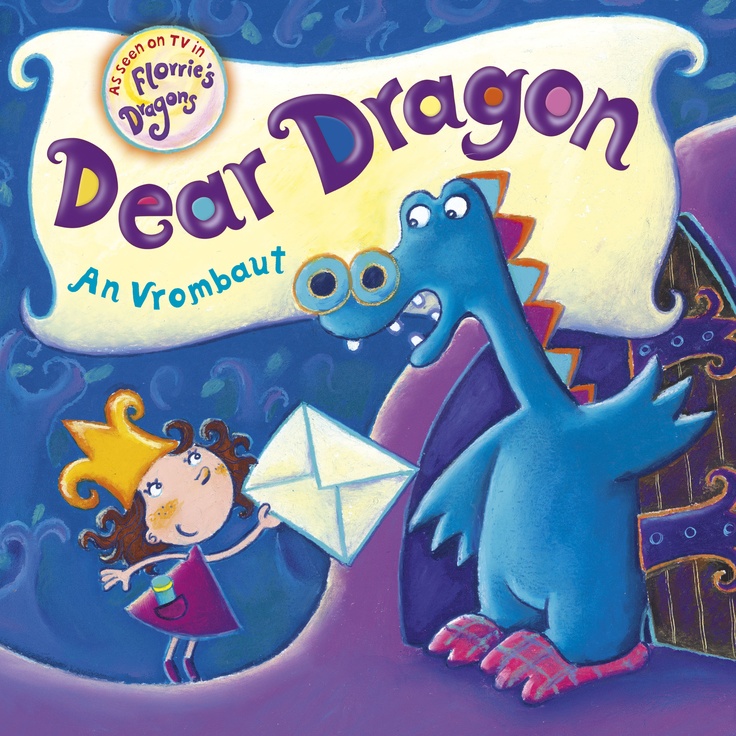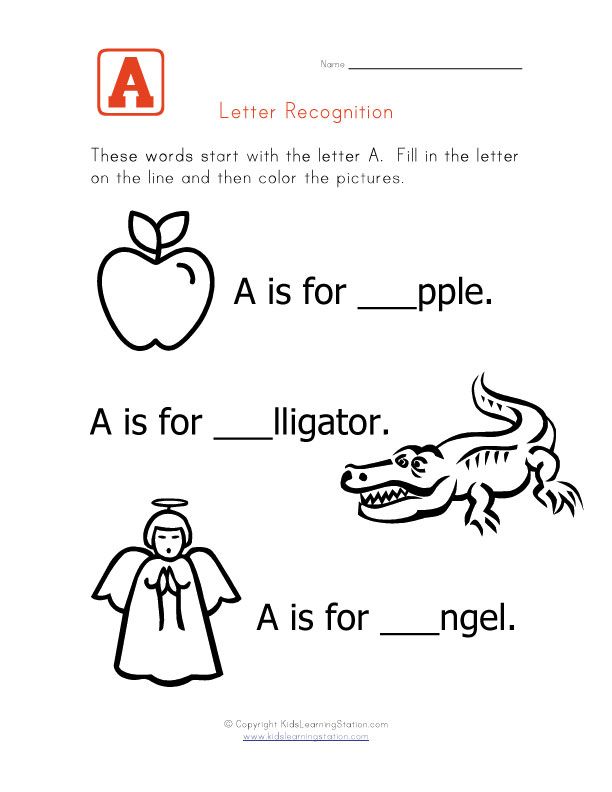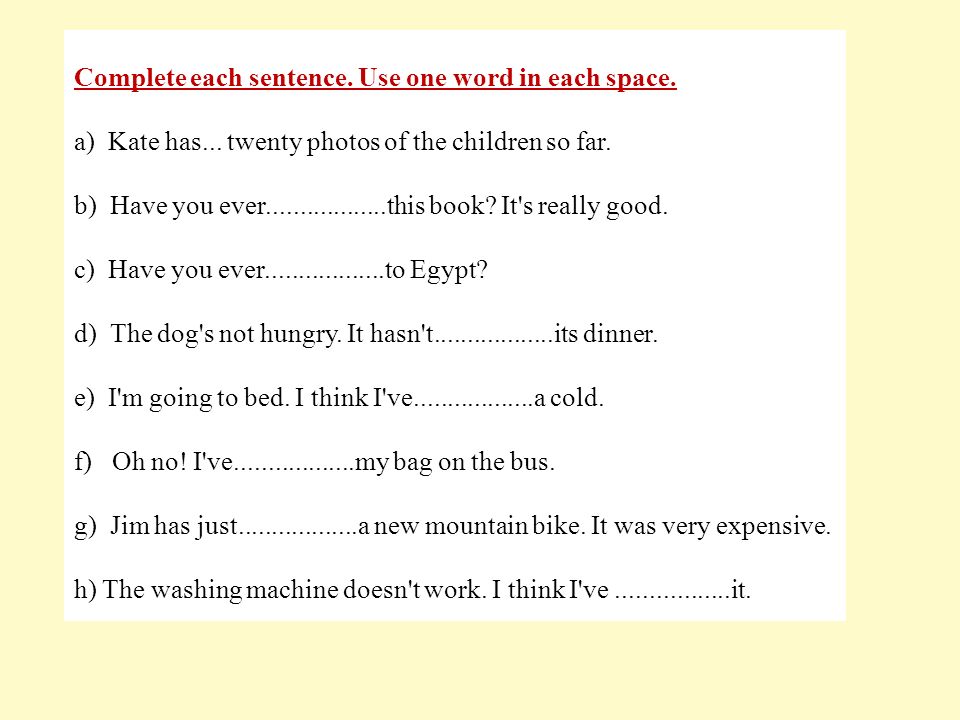Kindergarten beginning sounds activities
Beginning Sounds Activities for Kindergarten
Curriculum | Featured | Letters & Letter Sounds | Reading
When learning to read, there are many phonemic awareness and phonics skills students must master. Learning letter names, letter sounds, and beginning sounds is key in helping students quickly decode and read texts. To give your students the exposure and practice they need, check out these beginning sounds activities for kindergarten.
Why is it Important to Teach Beginning Sounds?
When teaching students to read, it’s important for them to understand that words are made up of letters and sounds. This knowledge helps them read and write more fluently.
Phonemic awareness and phonics skills are key in kindergarten. Phonemic awareness skills are when students understand that words are made up of various sounds. Phonics skills are what correlates the sound of a letter to the written letter itself.
Begin with teaching phonemic awareness skills so students learn to listen for and differentiate the sounds in words.
It can be tricky for students to hear the middle and ending sounds in words at first, which is why starting with beginning sounds is so effective.
Digital Beginning Sounds Activities
Since it’s important for students to first understand what beginning sounds are and learn to listen for them in words, you need a variety of beginning sounds activities for kindergarten for them to practice with.
A great way to engage your students is with interactive digital phonemic awareness activities like beginning sounds Boom Cards. These Boom Card decks give students a variety of opportunities to practice listening for the same beginning sounds in words.
Plus with audio directions, audio picture names, and the self-checking feature, your students will be able to work independently with success.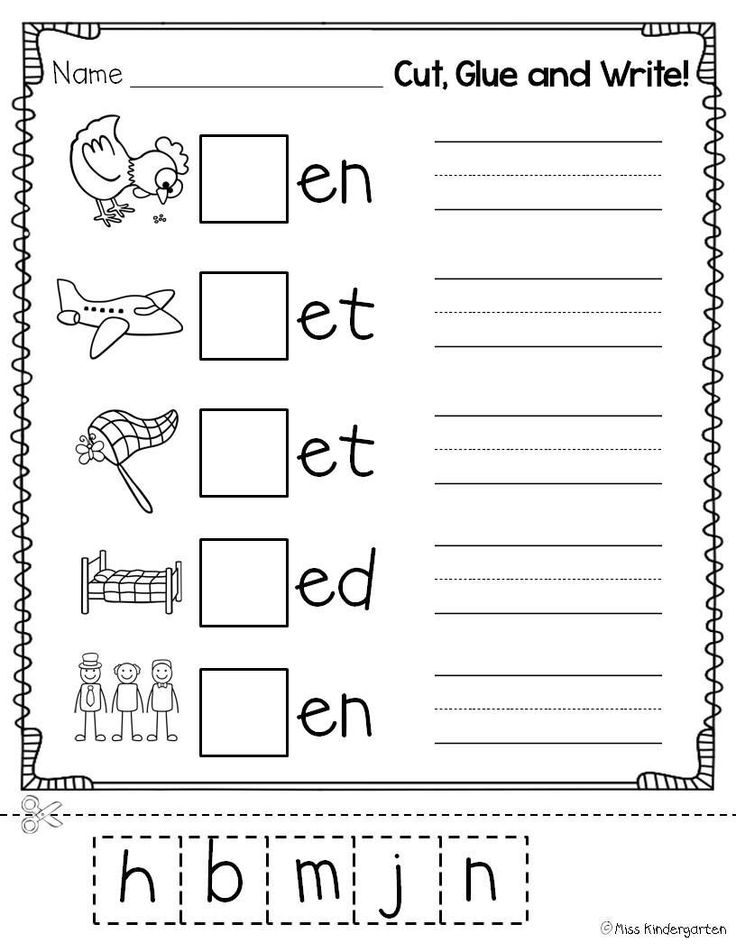
Hands-on Beginning Sounds Activities
Mastering beginning sounds takes a lot of practice and exposure. Therefore, you need a wide array of hands-on beginning sounds activities for kindergarten that your students can work with.
You can incorporate these hands-on activities into your morning tubs, literacy centers, or fast finisher activities. This is a great way to keep your students practicing their skills throughout the day.
Letter Sound Mats
One of my favorite ways to practice beginning sounds is with letter sound mats and magnetic letters. Students will say the picture name aloud, identify the beginning sound, and match the correct magnetic letter to the picture.
If you have a set of picture cards and magnetic letters, you can simply have students flip a card, identify the beginning sound, and match the letter.
Build the Sound Mats
Another great beginning sounds activity for kindergarten is build the sound mats. This activity allows students to identify the beginning sound in the picture and build the letter using manipulatives.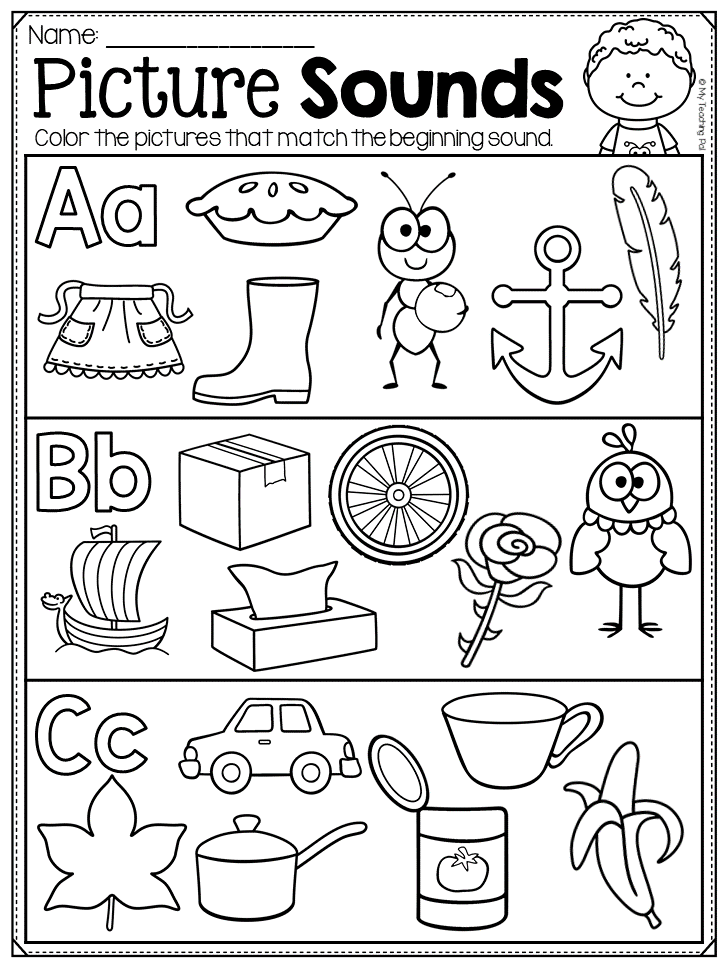
Students will get extra fine motor practice as they work on both phonemic awareness and phonics skills.
Beginning Sound Mazes
Another fun way to switch up the learning is to use beginning sound mazes with your students. As they cover the letters that make the focus sound on the mat, they’ll work their way through the maze.
This makes learning feel like a game for students, which is a sure way to keep them on task, engaged, and motivated.
If you loved these hands-on beginning sounds activities for kindergarten, you can grab them all plus more in my Beginning Sounds and Letter Sounds Bundle!
No Prep Beginning Sounds Activities
While using digital and hands-on beginning sounds activities is key, it’s also nice to keep a good stash of no prep activities on hand.
Add these no prep beginning sounds activities to your morning work, independent literacy stations, or keep them in a sub tub. They also make great time filler activities if you have a few minutes between activities.
If you need a quick way to assess your students on beginning sounds, you can use these no prep activities as an informal assessment as well.
How to Assess Your Students on Beginning Sounds
As your students learn and grow their beginning sounds skills, you want to assess them frequently. This allows you to see which beginning sounds they are mastering and which sounds they need help with.
Using beginning sounds picture cards and a checklist is a great way to gauge your students’ understanding. You can monitor students quarterly, monthly, or every 2 weeks if they need more support.
Beginning Sounds Assessment Freebie
To make assessing your students on beginning sounds and letter sounds easy, I created an assessment freebie for you.
This freebie includes a beginning sounds assessment checklist and beginning sounds pictures. There is also a letter sounds assessment page and checklist to help you assess your students’ uppercase and lowercase letter sound recognition.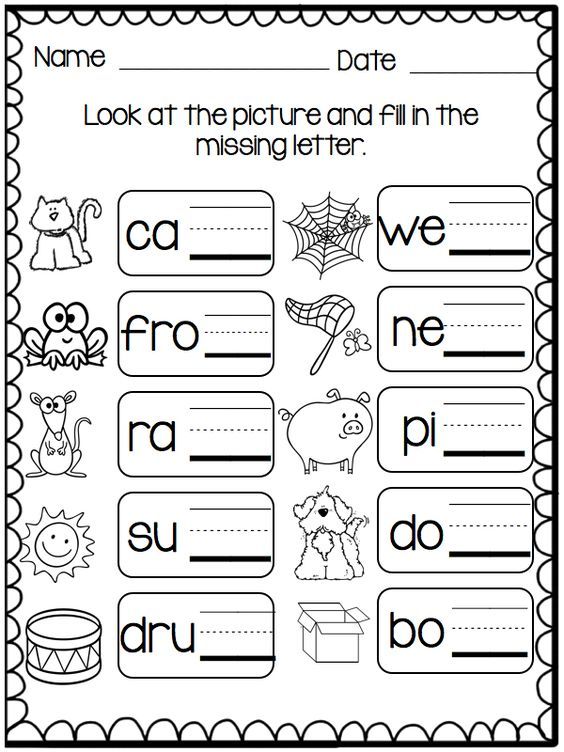
You can fill out the form below to get the beginning sounds and letter sounds assessment freebie sent directly to your inbox!
I hope these beginning sounds activities and assessments for kindergarten make learning more fun and effective in your classroom!
Post Tags: #beginning sounds#Freebies#letter sounds#literacy#literacy centers#reading
Similar Posts
Beginning Sounds Activities and Worksheets
Hearing and identifying the individual sounds in words is a very important skill for young learners. When students understand that words are made up of sounds, they are able to transfer this knowledge to their reading and writing. However, we can’t jump right into phonics skills, which require students to correlate sounds with written letters. Instead, students must first be able to understand that words are made up of sounds, also known as phonemic awareness. These Beginning Sounds Activities will help your students practice identifying initial sounds in a fun and engaging way!
Teaching Beginning Sounds First
Students should have a strong foundation of letter and sound identification prior to working on identifying sounds in words.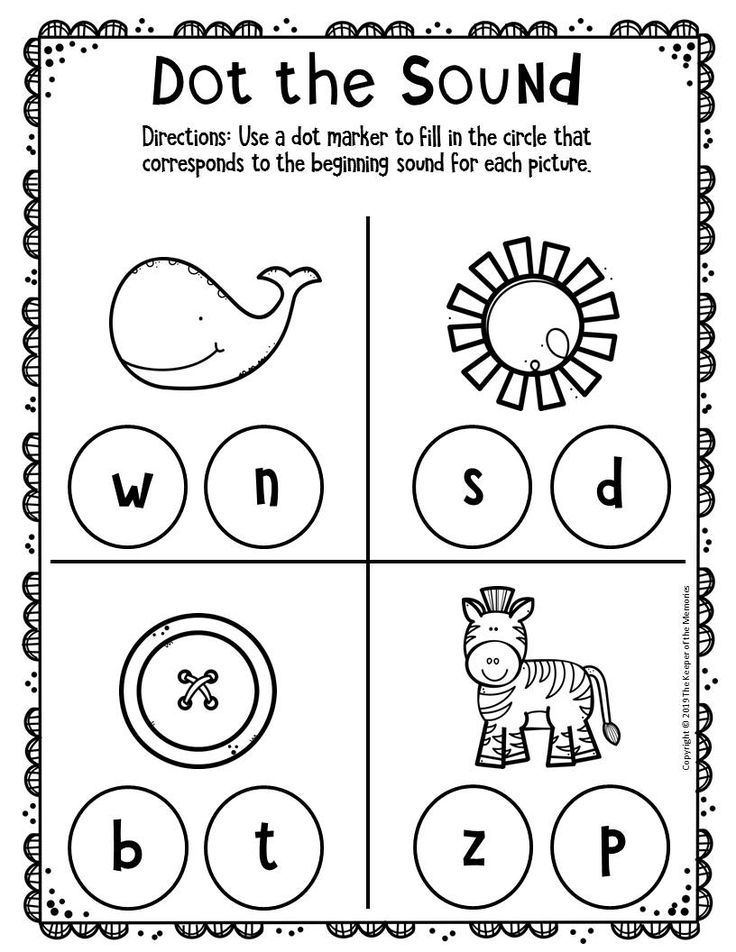 When they are ready for this step, it’s best to start at the beginning! Initial sounds are the best place to start when it comes to identifying sounds. Some children have a hard time hearing sounds at the end of words, and middle sounds are often more difficult to differentiate!
When they are ready for this step, it’s best to start at the beginning! Initial sounds are the best place to start when it comes to identifying sounds. Some children have a hard time hearing sounds at the end of words, and middle sounds are often more difficult to differentiate!
6 Hands-On Beginning Sounds Activities
These beginning sounds activities and worksheets will help students learn how to find the beginning sounds in words and build those phonemic awareness skills!
1. Beginning Sound Picture Sorts
When getting started with beginning sounds activities, it is important to scaffold instruction and build upon these skills. To start, students should listen for the beginning sounds in a variety of words. One of my favorite activities for practicing this listening skill is to do beginning sounds picture sorts.
For this activity, the students pick a card, name the picture, and figure out which picture has the same beginning sound. This activity comes with three pictures for each letter of the alphabet. I suggest starting with four of five letters at a time and working up to more. Using too many letters at first can be overwhelming for students. Doing it this way allows them to really focus on those beginning sounds before moving on.
I suggest starting with four of five letters at a time and working up to more. Using too many letters at first can be overwhelming for students. Doing it this way allows them to really focus on those beginning sounds before moving on.
This is a really great independent activity, but I would also encourage you to have your students say the sounds aloud. This helps them make those letter-sound connections.
2. Hands-On Phonics Centers for Beginning Sounds
Once students have been able to practice listening for beginning sounds, it’s time to start bringing in more beginning sounds activities.
Students can continue to build phonemic awareness as they complete a variety of hands-on learning tasks independently, with a partner, or in small groups. Highly-engaging literacy centers are perfect for giving students additional practice with identifying initial sounds in words.
A fun activity for building these skills is to use beginning sounds clip-it cards. The students will clip the picture that has the same beginning sound as the larger picture.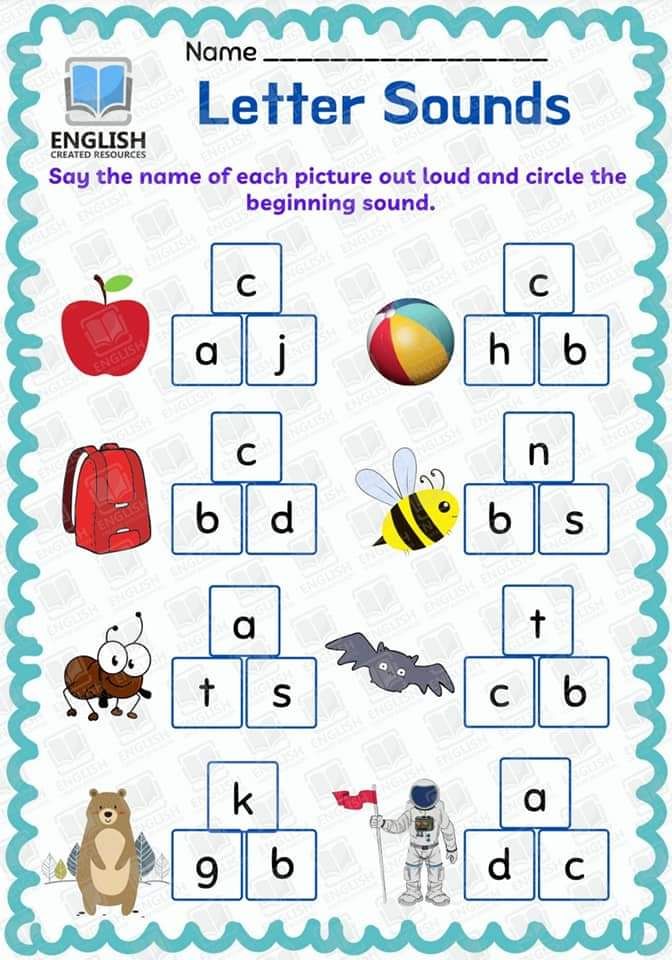 The clothespins are great for some additional fine motor practice!
The clothespins are great for some additional fine motor practice!
3. Beginning Sounds Games
Incorporating games into your beginning sounds activities is a fun way to grab your students’ attention and keep them engaged in learning. This First Sound Fluency activity is sure to be a favorite in your classroom!
Students simply roll the die and say the first sound for each picture as fast as they can. Young learners love this fun game! To differentiate this activity for your students who are still working on fluency, they can roll the die and then listen as you can say the name of each picture in that row. They can then tell you the first sound they hear in each word, all while still having fun!
4. Beginning Sounds Coloring Activity
Coloring activities are always a great option for kindergartners. Coloring allows students to use their creativity while practicing fine motor skills and following the directions of the learning activity. This beginning sounds coloring activity is a black and white printable, which allows your students to color the pictures with the same beginning sound.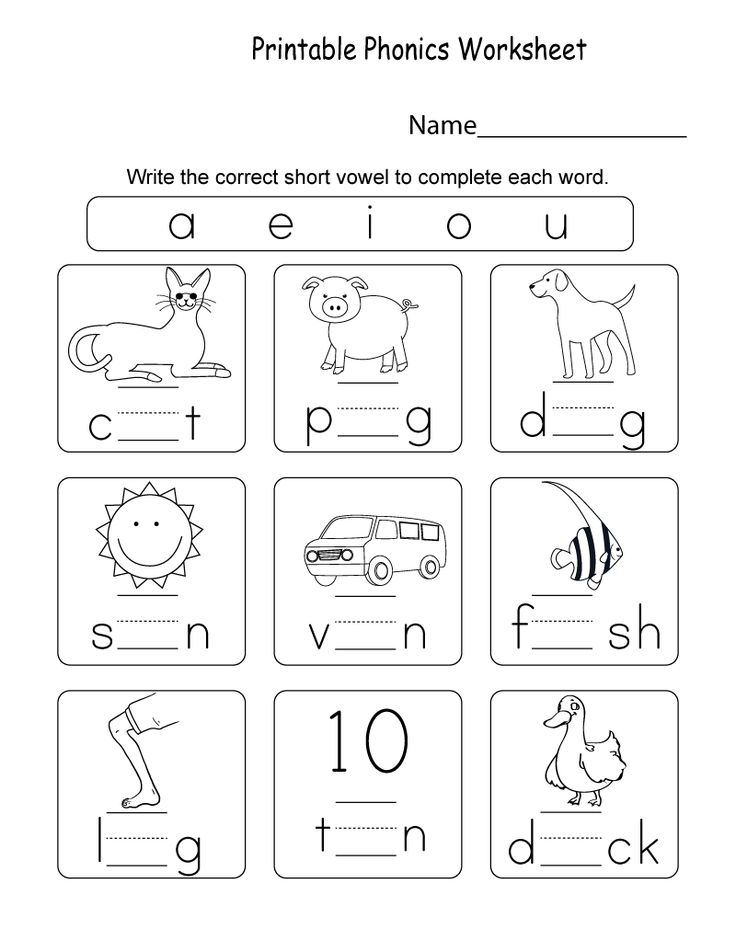
In this activity, students will color the picture that has the same beginning sound as the picture in the first column. This allows students to use phonemic awareness skills as well as problem-solving to determine which picture does not start with the same sound.
5. Match Letters to Beginning Sounds
Once students have become more confident in identifying beginning sounds, it is time to move on and incorporate phonics skills. A great place to start is by matching pictures to letters.
Since your students are already familiar with clip-it cards, it’s a seamless transition to have them practice matching pictures to the correct beginning sound letter. These clip-it cards come with both upper and lowercase letters, depending on which option you’d like students to use.
6. Cut and Paste Beginning Sounds
Having a variety of activities for students to complete is key to keeping students engaged in beginning sounds practice! These cut and paste activities are great phonics and fine motor practice. Plus, the students love them! Anytime they feel like they are creating art while learning is a win-win!
Plus, the students love them! Anytime they feel like they are creating art while learning is a win-win!
This “What’s in my Backpack?” activity is fun because the students get to cut out the letters and decide which backpack they belong to! The students will glue down the pictures to match each letter and color the picture.
Beginning Sounds Activities…and Beyond!
I hope these beginning sounds activities and ideas have given you some ideas for teaching these important phonemic awareness and phonics skills to your students.
To save you some time, I have created a set of activities that helps students practice not only beginning sounds but middle and ending sounds as well! Since many of these hands-on activities are similar for the different sound positions, they are easy for students to navigate independently during literacy centers or morning work time.
These activities build on each other to ensure that your students are building a strong foundation for reading skills to come.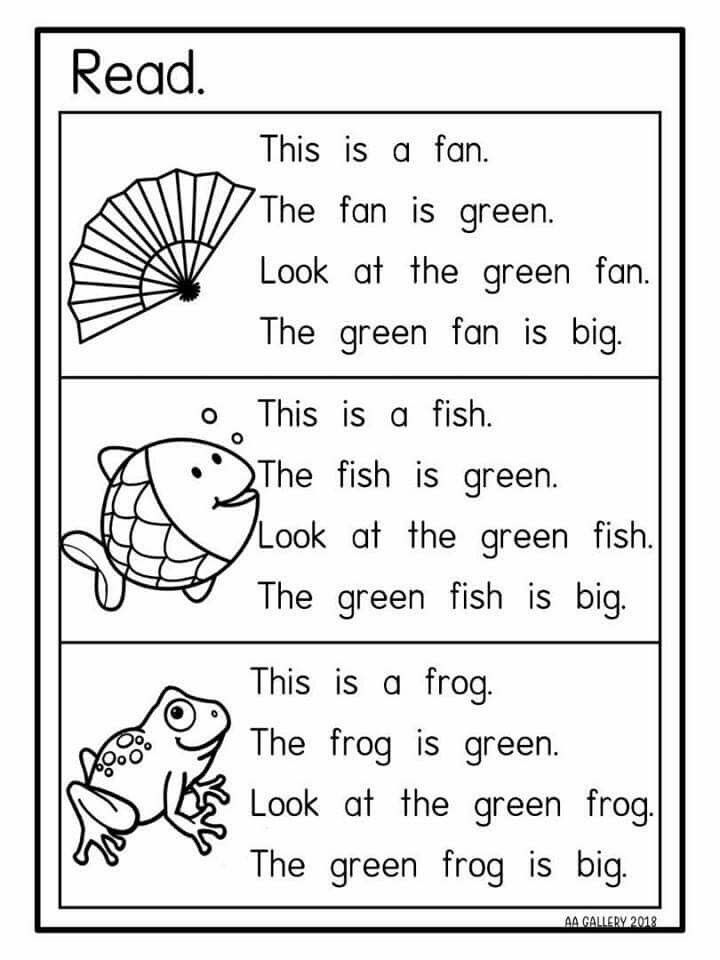 If you’d like to take a closer look at everything included in this resource, you can click the link below to find it in my shop!
If you’d like to take a closer look at everything included in this resource, you can click the link below to find it in my shop!
Save These Beginning Sounds Activities
If you would like to refer to these beginning sounds activities later, be sure to save this post! Just add the pin below to your favorite teaching board on Pinterest. You’ll be able to quickly find these activity ideas and printable resources whenever you need them!
Games with sounds - Site of kindergarten №422 "Lorik"
Games with sounds help to develop phonetic hearing and phonemic perception.
Phonetic hearing is a fine systematized hearing, the ability to distinguish and recognize the sounds that make up a word. Without a developed phonetic hearing, the correct pronunciation of sounds is impossible.
In the case of phonetic underdevelopment, the child mixes voiced and deaf, hard and soft consonants, does not distinguish between whistling and hissing, "R" and "L", "C" and "Ch" and others.
Phonemic perception is the ability to distinguish phonemes and determine the sound composition of a word. How many syllables are in poppy? How many sounds does it have? What consonant is at the end of a word? What is the vowel in the middle of a word? It is phonemic perception that helps answer these questions.
The correct development of phonetic hearing and phonemic perception underlies the unmistakable assimilation of writing and reading in the process of schooling.
We bring to your attention some games that contribute to the development of phonemic processes.
“Select the word”
Invite the children to clap their hands (stomp their feet, hit their knees, raise their hands…) when they hear the words, with the given sound.
“What sound do all words have?”
An adult pronounces three or four words, each of which has the same sound: fur coat, cat, mouse - and asks the child what sound is in all these words.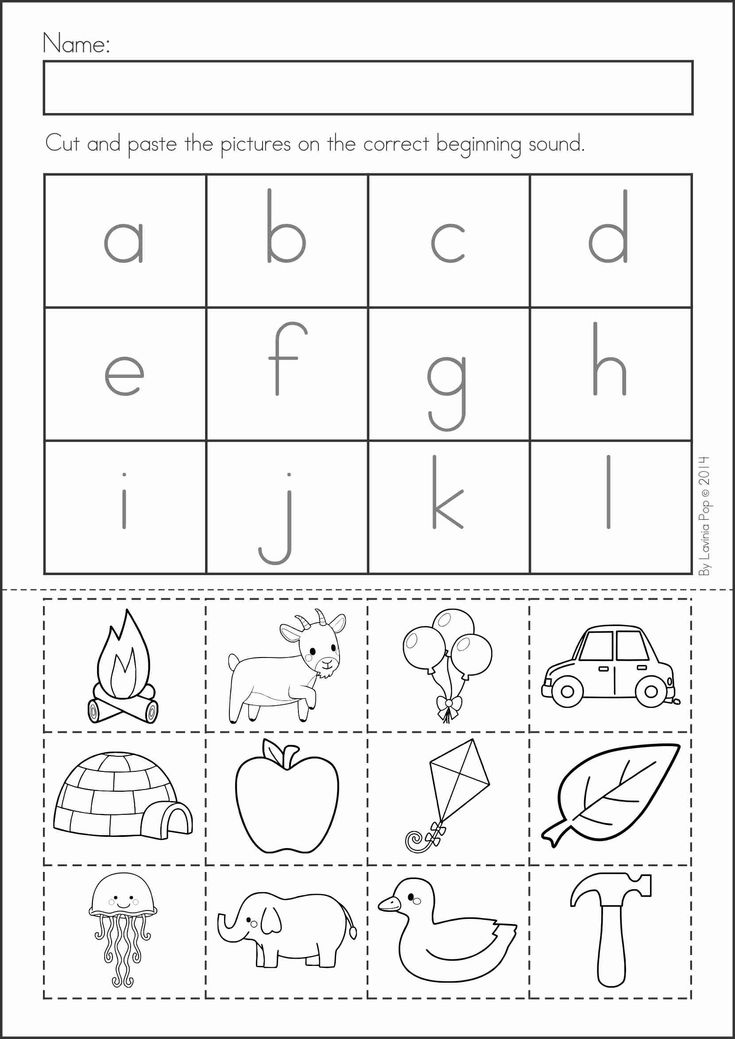
"Who is more?"
Looking at the pictures in the book together with your child, invite him to find among them those in the names of which there is a sound “R”. for each named word an encouraging point is given.
“Come up with more”
The leader, naming some sound, asks the players to come up with 3 words in which the given sound occurs.
"Chains of words"
This game is an analogue of the well-known "cities". It consists in the fact that the next player calls his word to the last sound of the word given by the previous player. A chain of words is formed: aist - Plate - Watermelon.
“The Fourth Extra”
For the game you will need four pictures with images of objects, three of which contain the specified sound in the name, and one does not. The adult lays them out in front of the child and offers to determine which picture is superfluous and why. The set can be varied, for example: a cup, glasses, a cloud, a bridge; bear, bowl, dog, chalk; road, board, oak, shoes.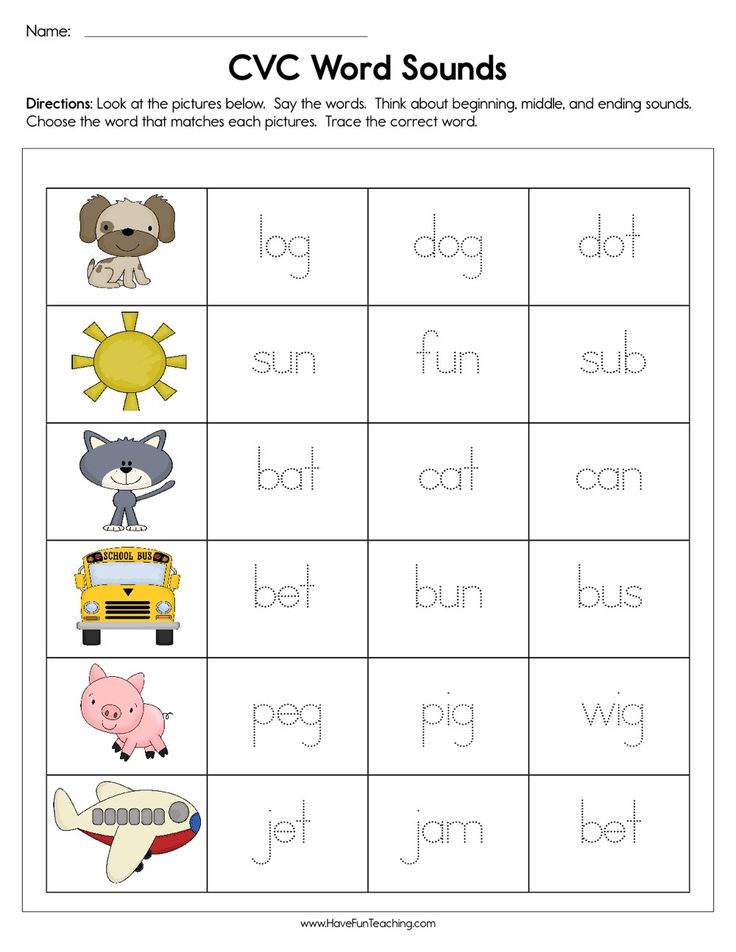 If the child does not understand the task, then ask him leading questions, ask him to carefully listen to the sounds in the words. An adult can highlight the identified sound with his voice. As a variant of the game, you can select words with different syllabic structures (3 three-syllable words, and one two-syllable), different stressed syllables. The task helps to develop not only phonemic perception, but also attention, logical thinking.
If the child does not understand the task, then ask him leading questions, ask him to carefully listen to the sounds in the words. An adult can highlight the identified sound with his voice. As a variant of the game, you can select words with different syllabic structures (3 three-syllable words, and one two-syllable), different stressed syllables. The task helps to develop not only phonemic perception, but also attention, logical thinking.
“Young Poets”
An adult gives the child a set of pictures and asks them to arrange them in pairs with similar word endings (mice - donuts, daughters - dots, barrel - kidney, etc.). Before the game begins, you can look at the pictures, drawing the child's attention to the endings of the words denoting the depicted objects. Then, with these pairs of pictures, you can make sentences - couplets, for example:
They lived in a mink - there were mice,
And donuts lay on the table.
"Echo"
The game serves to exercise phonemic awareness and the accuracy of auditory perception.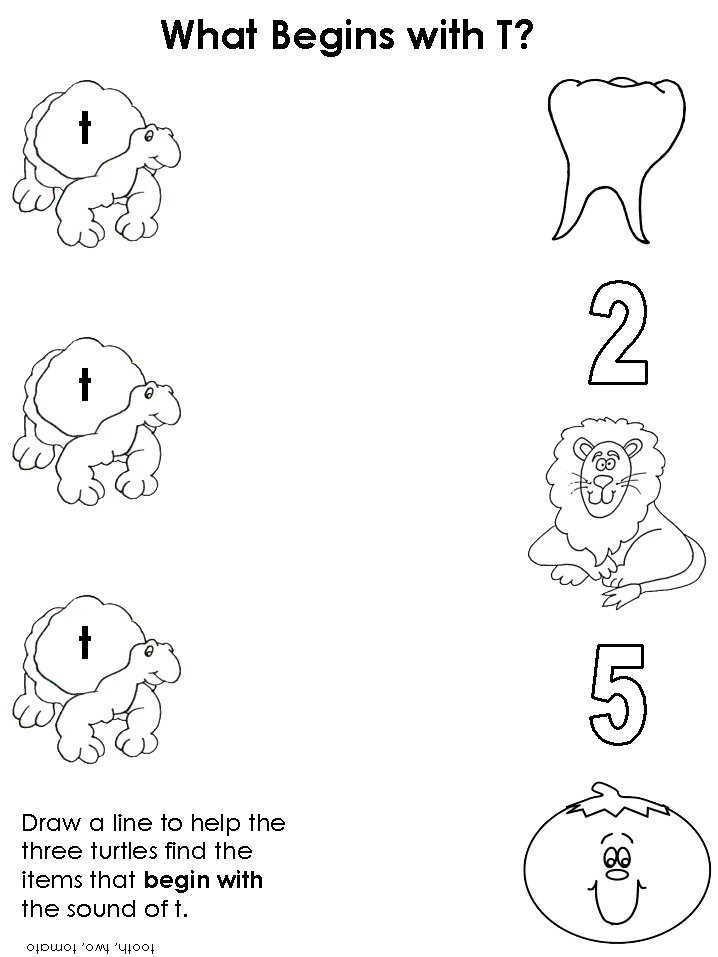 You can play alone or in a large group. Before the game, an adult addresses the children: “Have you ever heard an echo? When you travel in the mountains or through the forest, pass through an archway, or are in a large empty hall, you may encounter an echo. That is, you, of course, will not be able to see it, but you can hear it. If you say: “Echo, hello!”, then it will answer you: “Echo, hello!”, Because it always repeats exactly what you tell it. Now let's play echo." Then they appoint a driver - "Echo", who must repeat what he is told. It is better to start with simple words, then move on to difficult and long ones (for example, “ay”, “rather”, “windbreak”).
You can play alone or in a large group. Before the game, an adult addresses the children: “Have you ever heard an echo? When you travel in the mountains or through the forest, pass through an archway, or are in a large empty hall, you may encounter an echo. That is, you, of course, will not be able to see it, but you can hear it. If you say: “Echo, hello!”, then it will answer you: “Echo, hello!”, Because it always repeats exactly what you tell it. Now let's play echo." Then they appoint a driver - "Echo", who must repeat what he is told. It is better to start with simple words, then move on to difficult and long ones (for example, “ay”, “rather”, “windbreak”).
Catch a Fish
This game requires a magnetic rod. This is an ordinary stick, tied to it on a string with a magnet. Clips are put on pictures from any children's loto. The child catches with a fishing rod only those pictures in the name of which there is a certain sound, selected in advance.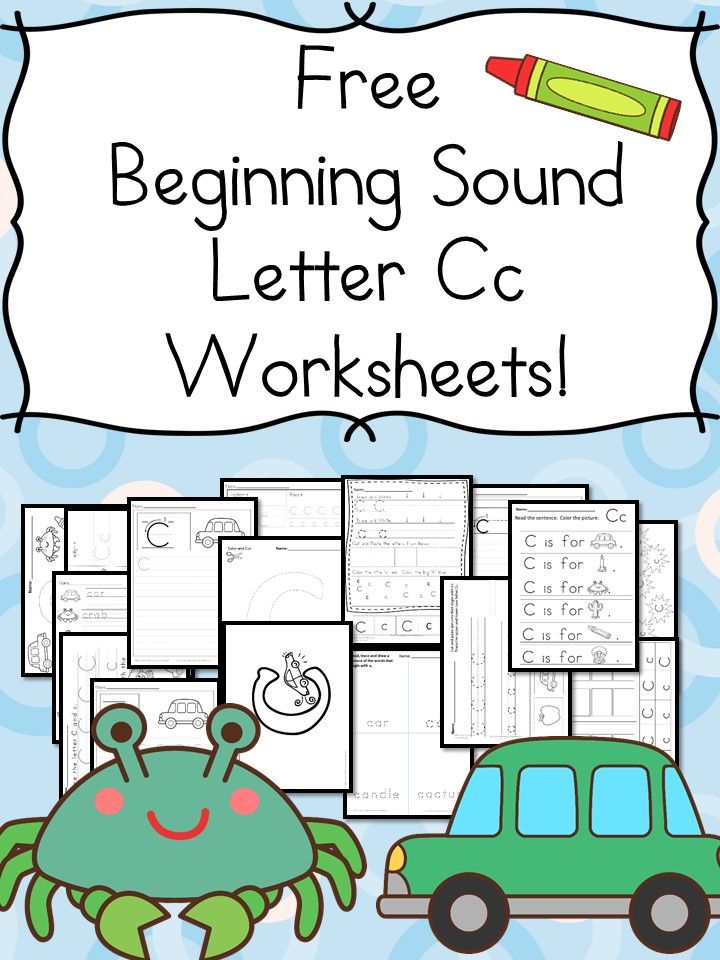 Or a child catches a picture and calls the sound with which its name begins.
Or a child catches a picture and calls the sound with which its name begins.
"Jokes - minutes"
You read lines from poetry to children, intentionally replacing letters in words. Children find a mistake in a poem and correct it. Examples :
Patterned tail,
boots w t orami.
Tili-bom! Tili-bom!
Catkin t ohm caught fire.
Behind the window is a winter garden,
There the leaves in and glasses are sleeping.
"Beginning, middle, end"
Teach children to identify the place of sound in a word - at the beginning, in the middle, at the end. Offer to find in the picture, among the pictures of the loto, words that start with A and end with A. Or just offer to determine the place of the sound in the word.
“Think, take your time”
Give the children a few quick-witted tasks:
– Choose a word that begins with the last sound of the word “table”.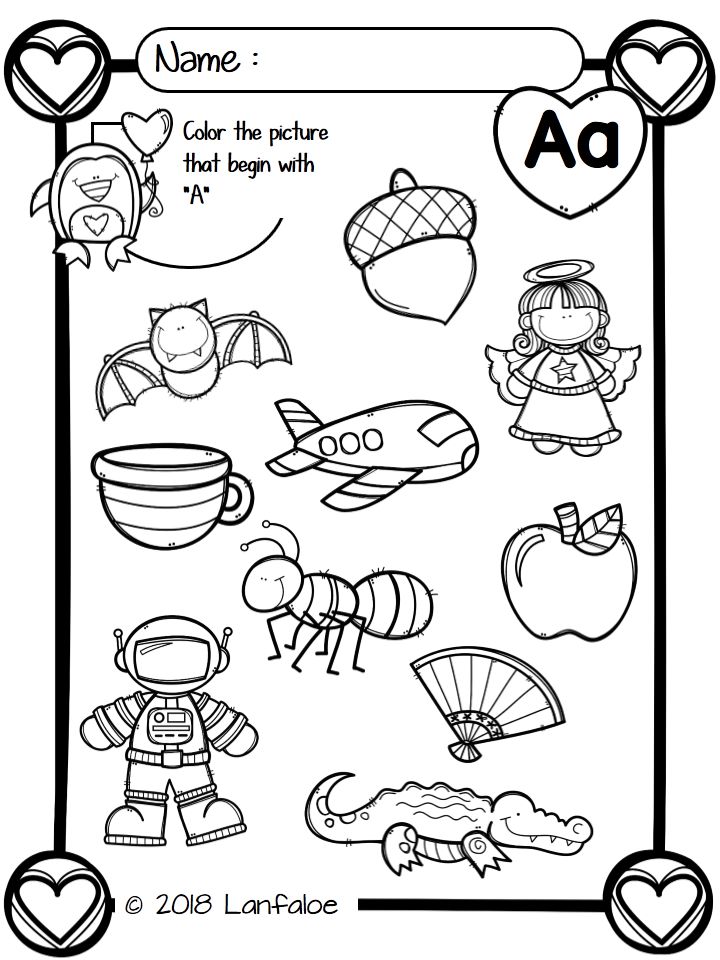
- Remember the name of the bird, which would have the last sound of the word cheese. (sparrow, rook ...)
- Choose a word so that the first sound is "k" and the last is "a".
- Invite the child to name an object in a room with a given sound. For example: What ends with "A"; what starts with “C”, in the middle of the word there is a sound “T”, etc.
Lesson on the development of speech "Sounds n, n" in the middle group of kindergarten.
Municipal Preschool Educational Institution
Kindergarten "Star"
9000
"In the GOSTITS" in the BASTRITS " (MEDIUM GROUP)
9SELIVERSTOVA I.N. Kalyazin, 2017
Subject: Fixing sounds H, Hb .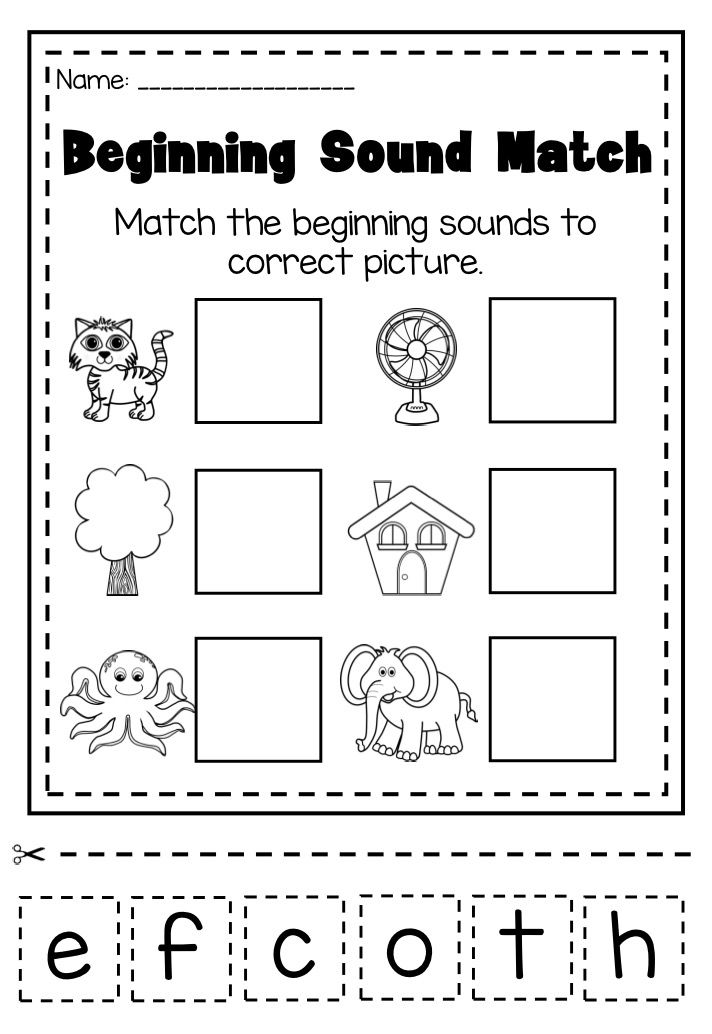
Purpose: Consolidation of knowledge about sounds H, Hb .
Tasks:
Educational: - to form the skills of sound analysis; consonant distinction sounds H, Hb ;
- exercise in determining the place of sounds in words;
- exercise in the selection of words-antonyms.
Developmental : - develop phonemic hearing;
- develop visual, auditory perception, memory, attention;
- develop imagination, creativity.
Educational: - to cultivate feelings of friendship, empathy, mutual assistance.
Equipment:
Demo material: easel, figurines of three pigs, a figurine of a wolf, a house of a Nif-Nif pig, pictures of apple trees with apples, nettles, ditches.
Dispenser material: customized mirrors, cards for determining the place of sound in a word: knife, scissors, drum, sledge, clown, pump, postman, orange.
TCO - radio, musical accompaniment from the fairy tale "The Three Little Pigs".
1. Organizational moment.
Caretaker:
- Guys, do you like fairy tales? What fairy tales do you know? Do you want a fairy tale came to visit? Then let's close our eyes, circle around ourselves and say: "Once, two, three, visit a fairy tale. We open our eyes.
(Sounds music "Three Little Pigs". There are figures of three little pigs on the easel.)
- Who Guess what story we're in? Three little pigs invite you to their fairy tale
2. Introduction to the point.
Caretaker:
- Let's listen to the story carefully. There were three brothers. Pink, with the same ponytails and patches. Even their names were similar. What were the names of the three pigs?
- Naf-Naf, Nuf-nuf, nif-nif. Let's say their names together and try to hear first sound.
What kind the first sound you heard in the names of the three little pigs? That's right, these are sounds N, Hb.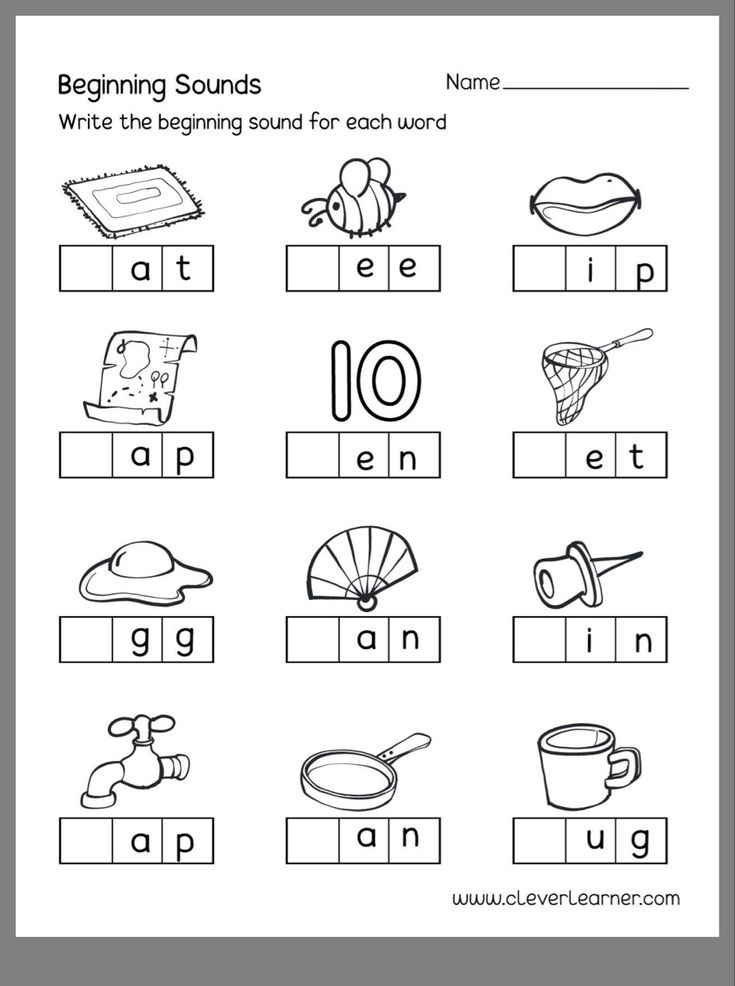 Let's compare them.
Let's compare them.
Each take a mirror, let's say the sound N. Where is the tongue located when pronouncing the sound N. The tongue rests on the upper teeth.
A Now let's look at ourselves in the mirror again and say the sound Hb. Where the tongue is located when pronouncing the sound Hb. The tongue rests on the lower teeth.
- If the air does not come out freely from mouth, but meets an obstacle on the way - the tongue and teeth, which means this is a consonant sound. Sounds H and Hb are consonants.
-Let's say again the sounds H, Hb and put our hand to neck. The neck “trembles”, which means the sounds H, NH are sonorous.
Differ sounds in that H is hard, Hb is soft.
3. Differentiation sounds H, H.
Caretaker:
- The piglets lived merrily, frolic in the clearing and sang their song. Let's go and we'll get up and sing this song.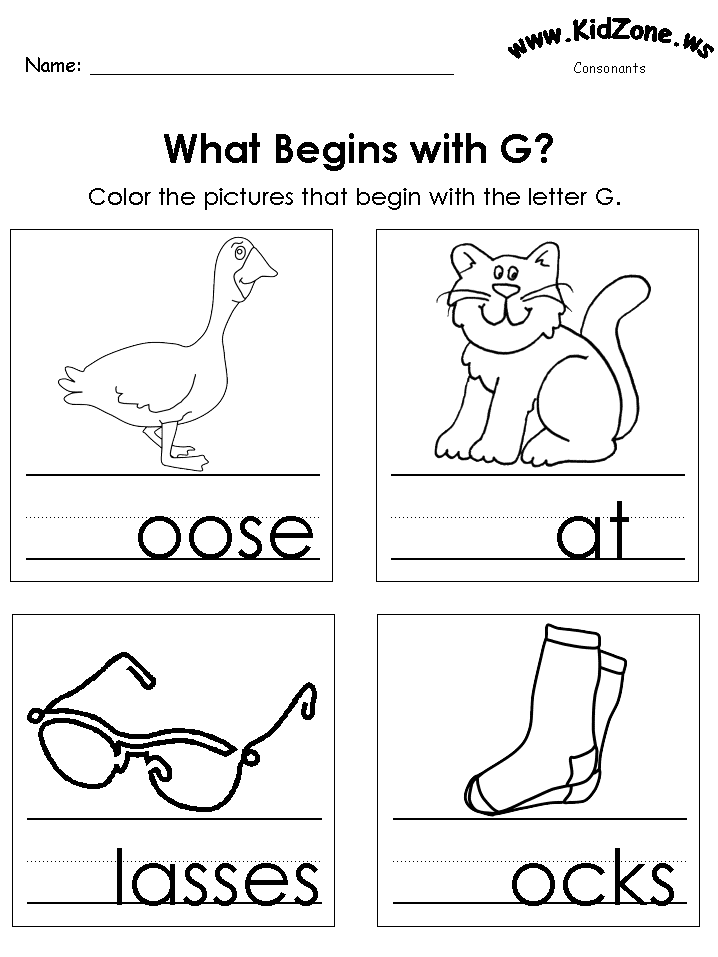 (Children stand in a circle, dance and sing along with the teacher).
(Children stand in a circle, dance and sing along with the teacher).
- Us the gray wolf is not afraid,
Gray wolf, gray wolf!
Where are you you go, stupid wolf?
Old wolf, scary wolf
Caretaker: - A wolf wandering through the forest heard a bold song of pigs and jumped out to the meadow.
(On a figure of a wolf appears on the easel).
- The piglets were frightened and ran away with all their might. The wolf is behind them.
- Pigs run, squealing throughout the forest. And on the way is an apple tree (image on an easel).
- Apple tree, apple tree, let us pass! the piglets ask. Let's also ask. (Children repeat.)
- The apple tree does not let the pigs through, asks to remove apples from it. Can we help the pigs? But it's not that easy. To remove an apple, you need to guess what sound should stand at the end of the word H, Hb .
Who guess first, he takes the apple. So, get ready! I say the word but not to the end.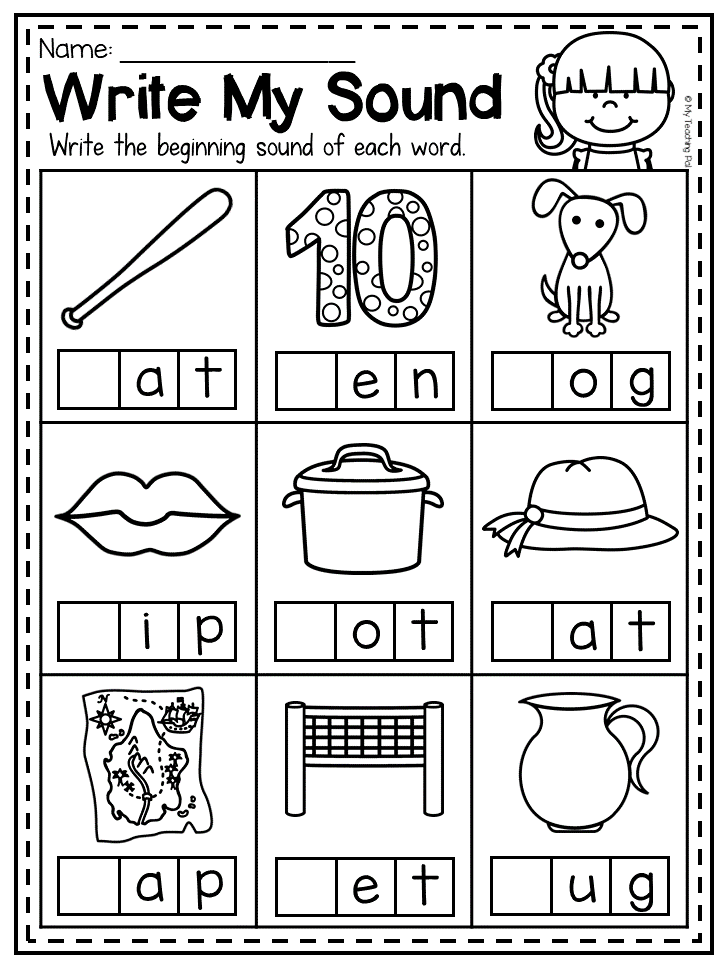 You must complete the word with the sound H or Hb.
You must complete the word with the sound H or Hb.
Stone… phone… kor…
Autumn… diva… stack…
- The apple tree raised its branches and let the pigs through. And the wolf flew into the apple tree, the apple tree covered him with apples.
- The piglets run on, sparkling with their heels, raising clouds of dust. In front of them prickly nettle. Can we help the piglets get through the nettles?
I will call a syllable with a soft sound Hb , and you call a syllable with a hard sound H .
Nya - on No - but Nu - well Neither - us Not – ne
A now vice versa: I call syllables with a hard sound N , and you with a soft sound Hb .
On - nya But - no - well - nu - neither
- The nettles parted, missed the piglets. And the nettle burned the wolf. Even stronger the wolf got angry, but the piglets had already run away!
4. Exercise.
Caretaker:
- Pigs are tired of running, the wolf is far away, let's rest and perform movements let's start!
Piglet Piglet lay down on his side, (rubbing his right side)
He got up on his legs, stretched, (stretched)
And then sat down, bent over, (imitating movements)
Jumped on his legs and waved his arms (imitating movements)
And then he lay down again, but on his left side. (folded the handles, put under chin).
(folded the handles, put under chin).
5. Sonic analysis.
Caretaker:
- The piglets rested and ran on. From fear, thin tails tremble finely. A ditch on the way. Do not bypass, do not jump over. Build a bridge across the ditch if indicate the place of sounds in the word H, Hb (beginning, middle, end).
U children individual pictures. Children name the picture, indicate the place of sounds in a word - the educator puts a bridge.
- The bridge is ready. The piglets ran on: their noses dried up from fear, each bristles tremble.
6. Selection antonym words.
Caretaker:
- Finally, the piglets ran up to the stone house of Naf-Naf, but the lock cannot be opened.
A lock im says: “Piglets, the house is closed. Pick up the words on the contrary, open me up.
Caretaker:
- Pick up "words on the contrary" that begin with the sounds H, Hb (children pick up antonyms for words):
Day - … ground - …
high - … top - …
left - … pour out - …
7.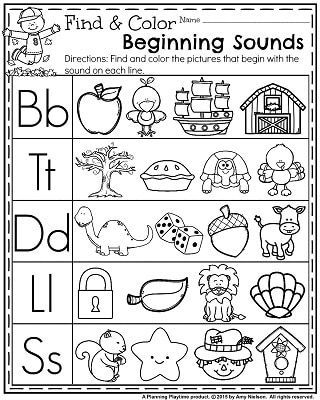 Finger gymnastics "Castle"
Finger gymnastics "Castle"
On the door is padlocked. (connection of fingers in the lock)
Who could you open it? (twisted with hands)
Pulled, (pull the interlocked fingers in different directions)
Twisted, (movement with clasped fingers away from oneself, towards oneself)
Knocked (fingers clasped, bases of palms tapping against each other)
AND opened! (fingers unhook, palms to the sides).
- The castle opened. Pigs rushed into the house. The door was quickly bolted shut.
8. Breathing gymnastics.
Ran up gray villain to the house. Blew, blew on the house. Show how the wolf blew on the house. (Inhale and strong exhalation, let out the air).
But the wolf couldn't do anything and went away. And the pigs sang joyfully song and started dancing.
Together in a circle:
wolf from the forest never,
Never, never
never will return to us here,
To us here, here with us!
9.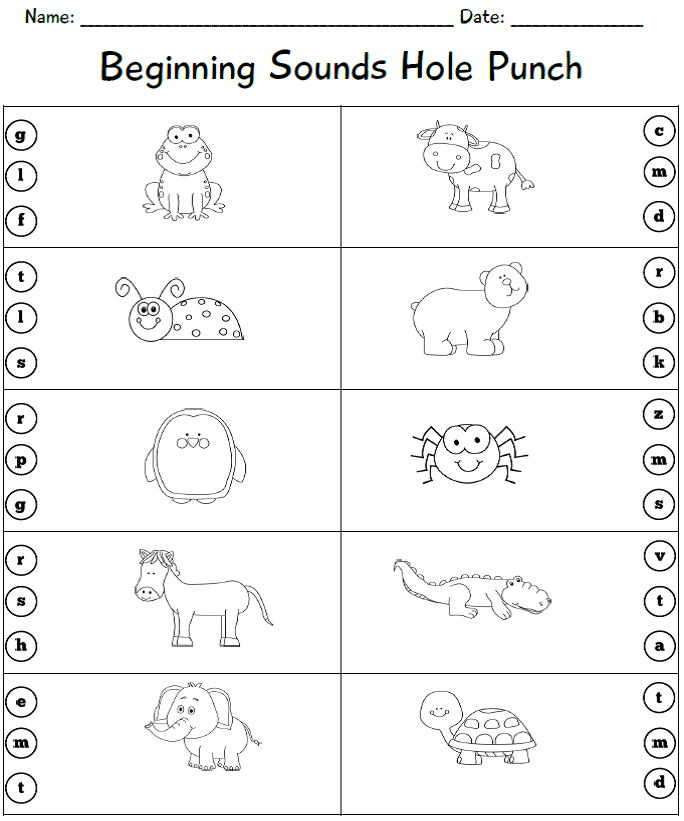
Learn more

